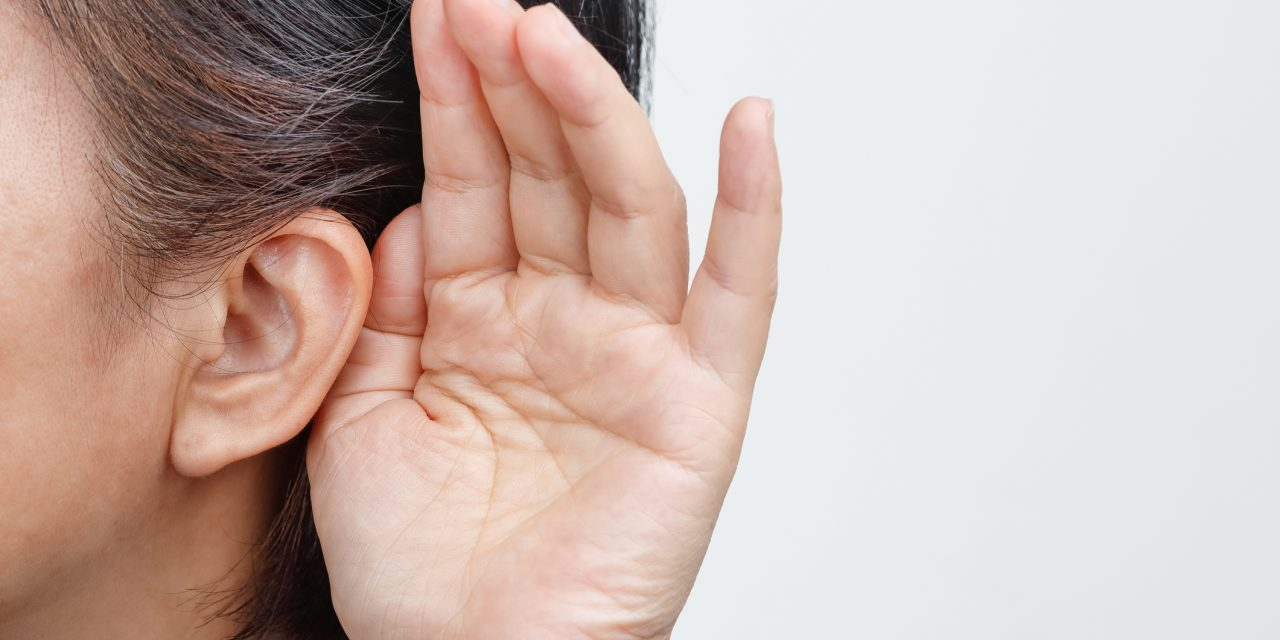Developed a skin-attached sound-detection sensor
- July 3, 2022
- 0
Voice recognition technology is becoming more and more common. This is a convenient technology with wide application. However, to get the most out of its intended features, users
Voice recognition technology is becoming more and more common. This is a convenient technology with wide application. However, to get the most out of its intended features, users

Voice recognition technology is becoming more and more common. This is a convenient technology with wide application. However, to get the most out of its intended features, users should stand by the device and speak carefully. What if the skin on our body could recognize sounds without using devices?
Professor Kilwon Cho from the Department of Chemical Engineering and Dr. Siyoung Lee, Professor Wonkyu Moon from the POSTECH Department of Mechanical Engineering, and Dr. Together with Junsu Kim, they developed a microphone that detects sound by applying polymeric materials to microelectromechanical systems (MEMS). )
The small, thin microphone exhibits a wider hearing field than the human ear and can be easily worn on the skin. This academic achievement was presented recently. Advanced Materials.

Traditional MEMS-based microphones used in mobile phones, Bluetooth devices, and others consist of thin, small, and complex membrane structures. But because they’re made of hard, brittle silicon, it’s difficult to bend the diaphragm or microphone whenever you want, hindering the device’s ability to recognize sound.
The research team overcame this limitation by creating a MEMS-based microphone structure using polymer materials that are more flexible than silicon and can be designed in any way. The size of the device is one quarter of a fingernail, and its thickness is only a few hundred micrometers (μm, 1 μm=millionth of a metre). The microphone can be fixed on a large surface of the body or even on a finger.
According to the research, the hearing sensitivity of the microphone is higher than that of the human ear, while recognizing the surrounding sounds and the user’s voice without distortion. It can also detect both loud sounds above 85 decibels, which cause hearing damage, and low-frequency sounds that humans cannot hear.
The sound detection quality is comparable to cell phone or studio microphones. When the acoustic sensor in the skin is connected to a commercial voice assistant program (Google Assistant), the user can effortlessly search, dial and control devices.
The new acoustic sensor has potential applications in wearable voice recognition devices for the Internet of Things (IoT) and human-machine interfaces. The research team plans to create an auditory electronic shell by combining it with skin-attached pressure and temperature sensors, flexible displays, and more. Source
Source: Port Altele
John Wilkes is a seasoned journalist and author at Div Bracket. He specializes in covering trending news across a wide range of topics, from politics to entertainment and everything in between.